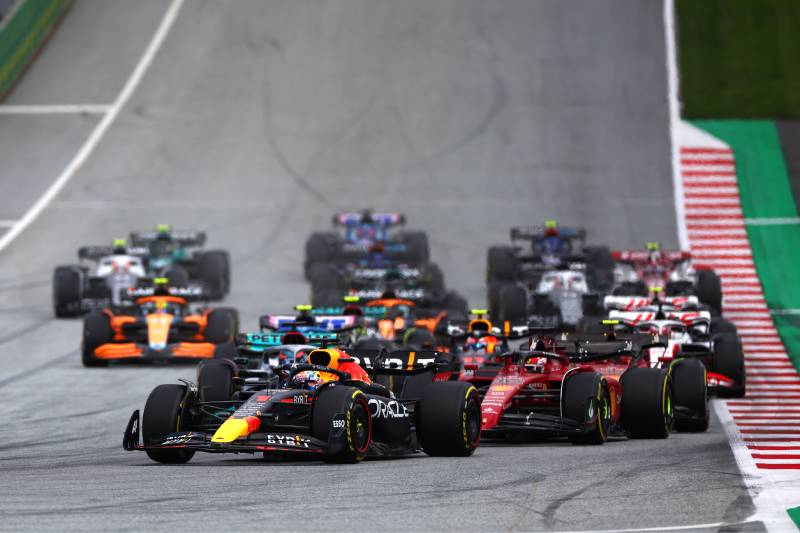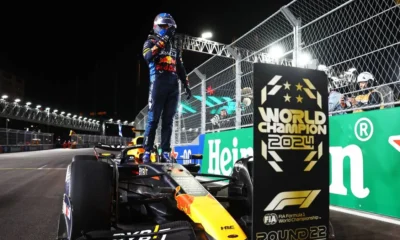Motorsport
Goodbye MGU-H, welcome sustainable fuel! FIA confirms changes to Formula 1 technical regulations for 2026 and beyond
The World Motor Sport Council has finally tapped the imaginary judge’s gavel and confirmed the changes to the Formula 1 technical regulations effective from the 2026 season. Increased levels of electrical performance and 100% sustainable fuels are the main drivers. However, the engines will remain the same, i.e. the 1.6-litre six-cylinder.

The World Motor Sport Council has finally tapped the imaginary judge’s gavel and confirmed the changes to the Formula 1 technical regulations effective from the 2026 season. Increased levels of electrical performance and 100% sustainable fuels are the main drivers. However, the engines will remain the same, i.e. the 1.6-litre six-cylinder.
It’s finally here. The Federation Internationale de l’Automobile (FIA) has confirmed the reform of the power units that will make their debut on track in 2026. Given the importance of these changes, it’s understandable that the approval process took the FIA some time.
F1’s governing body has set out four key pillars of the new regulations, which represent the next step in the overall greening of the sport.
Four pillars for the future of Formula 1
The first pillar is the preservation of the spectacle, which will be ensured by keeping the six-cylinder engines familiar to fans and experts. This means that the teams, or rather their engine suppliers, will not differentiate themselves too much in terms of performance. This will allow for better, and therefore more attractive, racing.
The second deals with environmental sustainability. The new powertrains will involve the use of electricity in the order of 50%. At the same time, 100% sustainable fuels will flow through them, the production of which will no longer burn any non-organic carbon. The new fuels will therefore comply with all emission regulations. This is mainly due to the fact that no carbon dioxide is emitted when the fuel is burned during driving.
The third is characterised by financial sustainability. The development of the powertrains will cost the teams much less money thanks to the financial ceilings already in place. This will ensure a reduction in the overall cost to teams of building their cars. However, the FIA still intends to present F1 as the world’s showcase for technological development.
The final pillar is to ensure that the engines are attractive to other potential power unit manufacturers. The regulations should allow new brands to enter F1. They will all start the new era from the same point (at least on paper), and so these brands need not worry that the established manufacturers will have any great advantage over them.
Other key points of the new regulations
Powertrains for the 2026 season and beyond will still produce in excess of 1,000 horsepower.
Kinetic motor power (MGU-K) will increase threefold from the current 120 kW to 350 kW. At the same time, the MGU-K will be stored in a safety box along with all electrical equipment, which will be subject to recycling.
However, what will disappear from the engines of the future with the new regulations is the MGU-H (motor-generator of thermal energy).
The volume of fuel used will be halved compared to the original specification of V8 engines used in Formula 1 until 2013.
Source: F1












